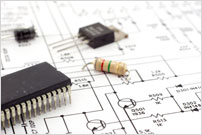September 2012 Issue
A summary of this month's contents.
Designing and installing a hearing loop for the hard of hearing
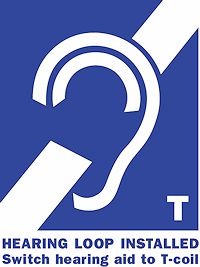
For those with a hearing loss, hearing loops, which inductively couple an audio signal to a hearing aid, are an increasingly common method of overcoming this difficulty. In this unique article, the engineering and physics behind hearing loops are described.
Our extra-special feature explains the theory of T-coil (Telecoil) magnetic field systems and installation of a suitable coil design and goes on to describe a Hearing Loop receiver. Pointers to some suitable audio amplifiers that have appeared in EPE are also provided, to enable you to implement a bespoke hearing loop installation.
Hearing Loop Receiver
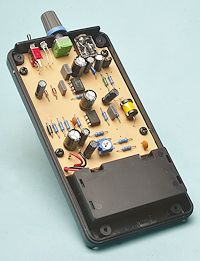
For those who don’t wish to utilise a traditional hearing aid, this unit may be for you: it’s a small audio amplifier that uses a pair of earbuds for easy listening when T-coil loops are available. Use it at home too, for TV or radio.
Ultrasonic Anti Fouling for Boats (Part 1)

Many boat owners know the problems caused by marine growth and algae on their vessels, especially when berthed in salt water or cruising through slow-moving canals – conditions that encourage growth on hulls. Traditionally this is minimised by coating the hull with an anti-fouling compound, which means taking the boat out of water for maintenance.
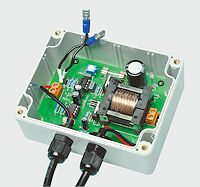
This project offers an electronic solution that will help boat owners to reduce running costs and improve the performance of their vessels. It uses a high-power ultrasonic transducer inside the hull to disrupt the growth of algae on the hull, which in turn disrupts the feeding habits of larger marine organisms and inhibits growth. Commercial ultrasonic systems can cost thousands of pounds but now you can experiment and build your own at a fraction of the cost. The ultrasonic technique may not work in every situation, but thanks to this low cost design you can now investigate this kind of system without incurring a great deal of expense.
![]() A high-voltage design for expert constructors only.
A high-voltage design for expert constructors only.
Construction is described this month and details of the ultrasonic transducer assembly are described in Part 2.
Raspberry Pi RTC
A battery-backed Real Time Clock for the Raspberry Pi – how to build a battery backup to your Pi.
Electrolytic Capacitor Reformer
& Tester (Part 2)
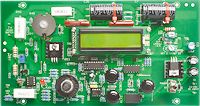 A useful item of test equipment for vintage valve radio or audio restorers, this PIC-micro based test gear can recondition many old electrolytic capacitors that have laid dormant over many years and developed high internal impedance as a result. It can work with standard voltages from 10V up to 630V and has a built-in timer and a number of features to ensure safety. The ideal way of resurrecting those vintage or hard-to-replace electrolytic capacitors. In Part 2 this month, construction, testing and usage are described.
A useful item of test equipment for vintage valve radio or audio restorers, this PIC-micro based test gear can recondition many old electrolytic capacitors that have laid dormant over many years and developed high internal impedance as a result. It can work with standard voltages from 10V up to 630V and has a built-in timer and a number of features to ensure safety. The ideal way of resurrecting those vintage or hard-to-replace electrolytic capacitors. In Part 2 this month, construction, testing and usage are described.
Jump Start
Our series dedicated to newcomers to electronics this month offers you a versatile Theft Alarm with normally-open and normally-closed inputs available.
Also in this month’s edition of EPE:
- PIC n MIX – starting out with PICs – helping beginners to get to grips with all the essentials.
- Techno Talk – trends in mobile threats and cybercrime
- Circuit Surgery – the low-down on the theory of ADCs.
- Practically Speaking – the workshop feature offers readers alternatives to PCBs/ PWBs.
- Net Work- the Internet column tries a typical IP wifi camera without much success!
Every issue of EPE is jam-packed with interesting articles, specialist advertisements, editorial, readers’ letters and lots more, so if you’re a keen hobby electronics enthusiast then EPE is bound to have something for you!

